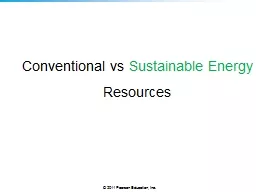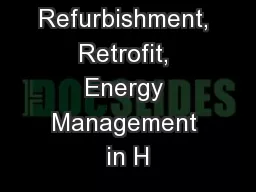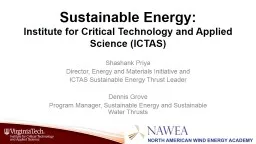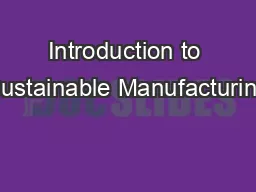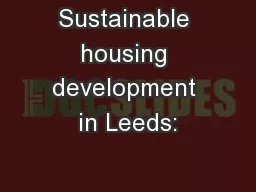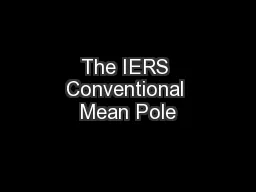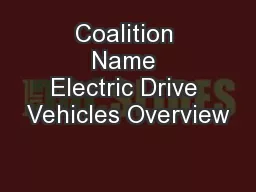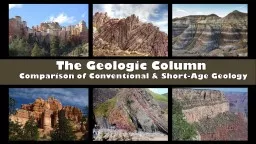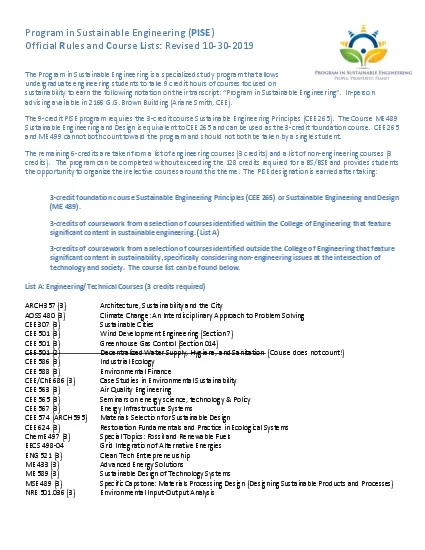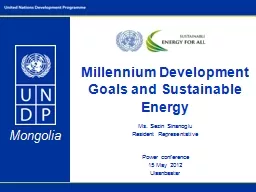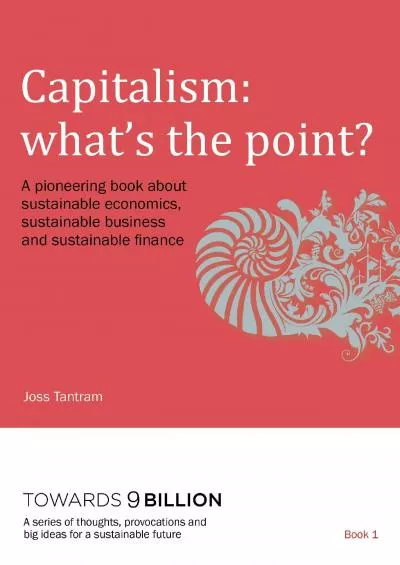PPT-Conventional vs Sustainable Energy
Author : celsa-spraggs | Published Date : 2018-10-21
Resources This lecture will help you understand Reasons for seeking alternative fuels Contributions to world energy by alternative fuels Nuclear energy The social
Presentation Embed Code
Download Presentation
Download Presentation The PPT/PDF document "Conventional vs Sustainable Energy" is the property of its rightful owner. Permission is granted to download and print the materials on this website for personal, non-commercial use only, and to display it on your personal computer provided you do not modify the materials and that you retain all copyright notices contained in the materials. By downloading content from our website, you accept the terms of this agreement.
Conventional vs Sustainable Energy: Transcript
Download Rules Of Document
"Conventional vs Sustainable Energy"The content belongs to its owner. You may download and print it for personal use, without modification, and keep all copyright notices. By downloading, you agree to these terms.
Related Documents

